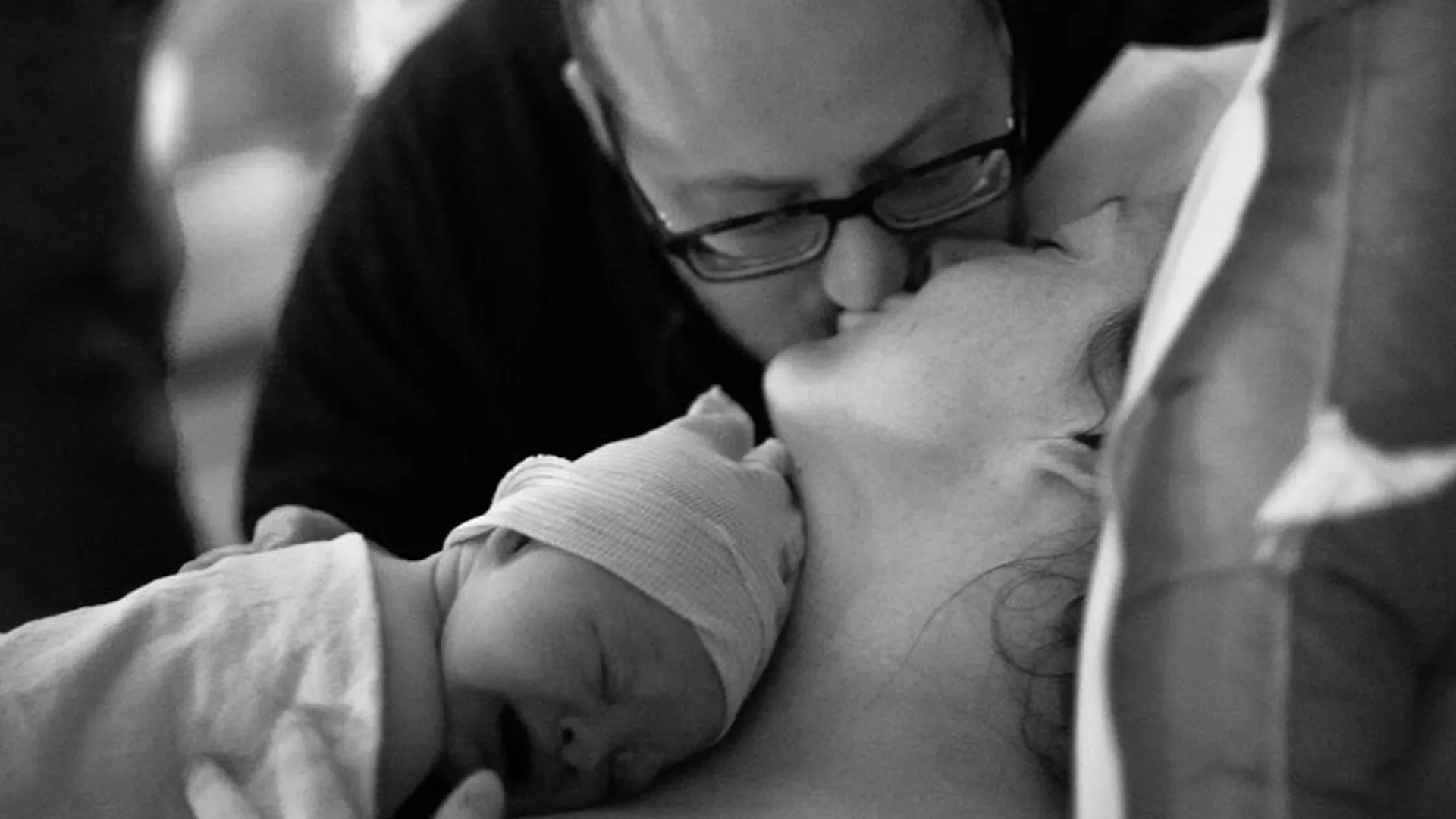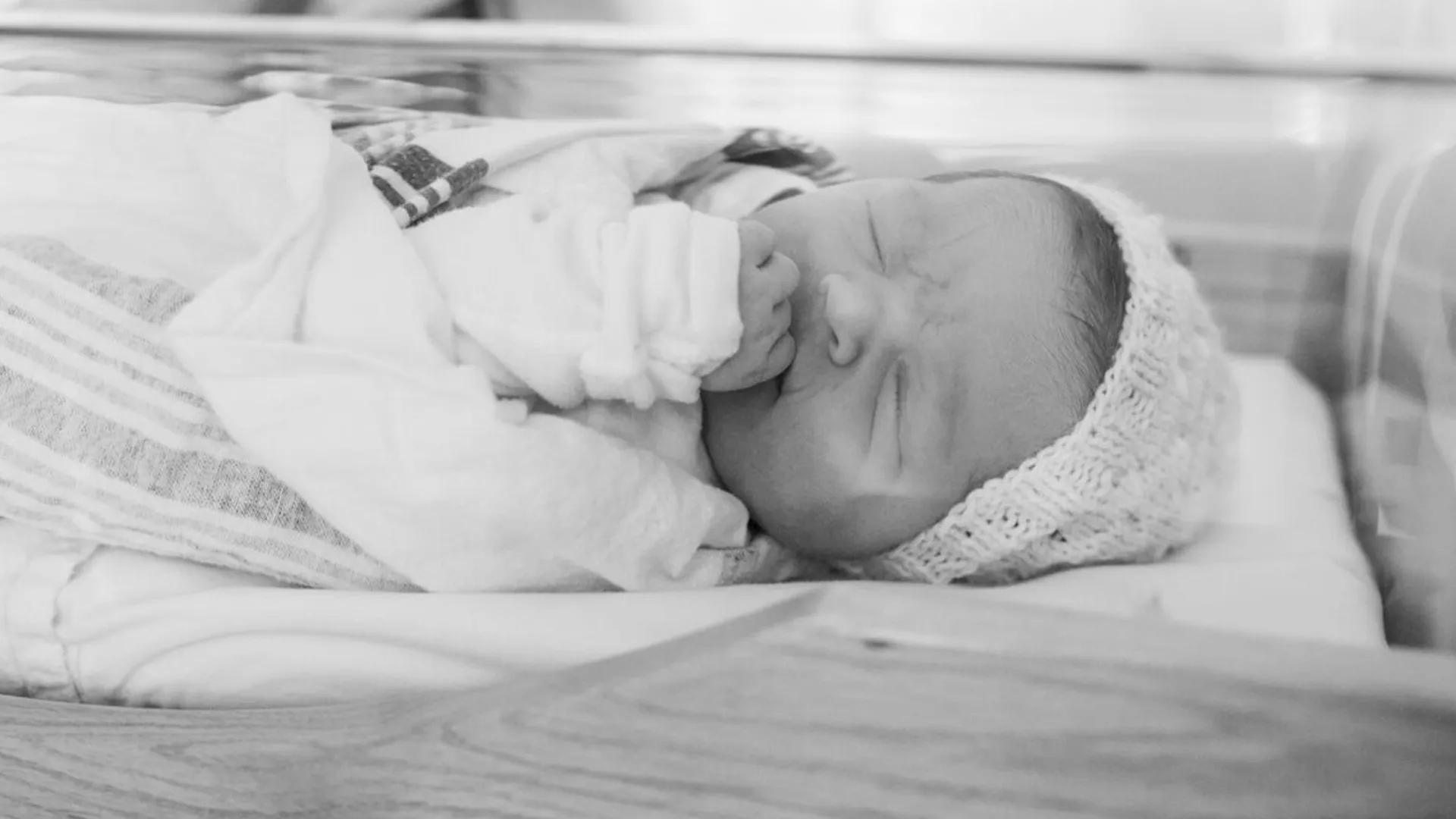
Map Out Your Birth with a Doula-Approved Birth Plan Checklist
Alright, here’s the truth—creating a birth plan isn’t about controlling every little thing. It’s more about preparing yourself and your birth team for what matters most to you. And making a birth plan checklist gives you a chance to think through your preferences and make sure everyone is on the same page. It also gives your partner or support person a clear idea of how to advocate for you and baby. Because honestly, birth can be intense. It’s common to forget your plan in the middle of super-strong contractions.
And even if you’ve done this whole birth thing before, labor and delivery memories can be somewhat of a blur. “Wait, what worked last time? What didn’t?” A lot of moms forget all the details. So, if that’s you, you’re not alone. A birth plan checklist helps you feel more grounded going into it again. And for first-timers, it’s even more helpful. You don’t know what to expect, and that’s okay! We want to help you feel more confident—keep scrolling through to map it all out.
Your Birth Plan Checklist
As birth doulas, when it comes to birthing plans, you could say we know our stuff. In this section, you’ll find some of the most important things to consider when creating your plan. We’ve pulled ideas from the standard recommendations from the American College of Obstetricians and Gynecologists. We also added in what we ask our own clients at Gold Coast Doulas. “I am a big fan of a simple birth plan or birth preference sheet. I suggest printing two copies for your birth bag and giving one to your provider at a prenatal appointment,” says Kristin Revere, certified birth doula, the founder of Gold Coast Doulas, and co-author of the award-winning birth book Supported: Your Guide to Birth and Baby.
So, go ahead—copy and paste these ideas below into your birth plan and make it your own!
Labor environment & comfort
First up, how do you picture your ideal labor space? What helps you feel the most calm and grounded? Kristin recommends involving all your senses when preparing your birth space. Remember, your birth room will be yours. Think about including some options in your birth plan, like:
- Dim lighting
- LED candles
- Music playing
- Aromatherapy
- I want to wear my own clothing, like robes and slippers
- I don’t mind staff in training being in the room
- I don’t want trainees to be in the room during labor
- I would like the following people in the room with me: _____
- I prefer to maintain all mobility in labor, like walking and changing positions
- I would like to eat light snacks and drink fluids whenever possible during labor
Tools for labor
Now, think about what laboring tools would help you cope with the intense sensations of contractions. P.S. It’s better to have these tools noted and ready to go, instead of scrambling mid-contraction! Consider these options we commonly offer our clients:
- Birthing ball
- Peanut ball
- Birthing stool
- Birthing chair
- Squat bar
- Warm shower or bath
Labor monitoring & medical options
It’s pretty standard for medical staff to want to monitor baby while you’re in labor, especially in hospital settings. Think about this: How much monitoring or medical support do you actually want during labor? What will make you the most comfortable? Think about adding these options to your birth plan:
- I prefer my baby to be monitored as minimally as possible
- I would like as much monitoring as possible
- I prefer a monitoring method that still allows me to be mobile
- I’m okay with regular cervical checks
- I’d like to keep cervical checks to a minimum
- I’m okay with an intravenous (IV) line for fluids and medications
- I’d like a saline lock placement
- I want as little medical monitoring and interventions as possible
Pain relief
You know yourself best. What are your tolerances and preferences for handling pain? We’re not saying labor and birth are always painful, but it can get pretty fierce. In Kristin’s new book, she dives deep into seven natural methods to help with pain during labor, and exactly what to do. A few popular choices are listed here. Ask yourself: Do you want to deal with these sensations with medication? Or in a more non-medical way? Maybe a mix of both?
Non-medical options:
- Relaxation techniques
- Changing positions/movement
- Visualization
- Massage
- Tub/shower
- Hot and cold packs
Medical options:
- Epidural anesthesia
- Nitrous oxide gas
Augmentation
Labor can be unpredictable, and we’re putting that lightly. Sometimes it’s sort of stop-and-go. So if your labor slows down and doesn’t seem to be picking back up anytime soon, what would you prefer to do? Think about these common options for augmentation:
- I’d like to start with nonmedical methods first: walking and using upright labor positions
- My provider can break my bag of waters
- I’m okay with having an IV of Pitocin
- I’d like to wait it out and labor at home if it’s allowed and safe
The birth
Oh, the grand finale. It’s time to think about what’s important to you during this final pushing phase of birth. This part can feel very, very fast and a bit overwhelming. Take some extra time on this section to lay out what your ideal birth scenario looks like, because it might be tougher to advocate for yourself later when the time comes to push.
- I’d like to use a mirror to see the birth of baby
- I want my labor partner to help support me during the pushing stage
- I want my support person to cut the umbilical cord
- I’d like my support person to take a video or pictures of the birth
- I prefer to avoid an episiotomy if possible
- I would like to use a variety of positions while pushing
- I would like to be told when to push
- I want to touch my baby’s head as it crowns
- I’d like my baby to be put directly onto my chest immediately after delivery
- I prefer to have the umbilical cord cut as soon as possible
- I would like to wait until the umbilical cord drains and is white before cutting it
Extra considerations for C-sections:
- I would like ____ to be with me during surgery
- I prefer an epidural anesthesia
- I’d prefer a spinal block
- I would like music played in the operating room
- I want the drape lowered during surgery so I can see the birth
- I would like to have at least one arm released so I can touch my baby right away
Baby care
Lastly, you should write down your preferences for baby after birth. “If your baby is born in a hospital setting, there are a number of medical procedures that can be presented by hospital staff shortly after delivery,” notes Kristin. Some are offered to all babies, while others are considered only in certain situations. Think about these common additions to add to your birth plan checklist:
- I’d like the routine hospital procedures to be done while I hold my baby
- I prefer my team to do all routine tests, shots, and procedures for my newborn
- I want to hold off on the eye ointment and Hepatitis B shot for my newborn
- I plan to breastfeed
- I plan to pump and bottle feed
- I plan to formula feed
- If I have a boy, I’d like him circumcised
- I do not want my baby boy to be circumcised
- I’d like baby to stay in the room with me at all times
- I’d like baby to stay in the nursery, but brought to me for feedings
- I want to have a postpartum doula on standby to help with the transition
Wow, that was a lot. Take some time to sit down and think through all of these options. What do you truly want your birth to look and feel like? What are your must-haves? Your nice-to-haves? “It’s helpful for nurses and other medical staff to know how to support you best. But remember that birth can often be unpredictable, so a super rigid birth plan also isn’t ideal,” points out Kristin. All in all, think of your birth plan as a guide, not a script. You’ve got support every step of the way—whether that’s from your labor and delivery team, support partner, or a personal birth doula.
And after the birth plan? Next up is getting your postpartum supplies and support all lined up. Grab Kristin’s book, Supported: Your Guide to Birth and Baby, to make all this planning easier. It’s made by moms, for moms, and is packed with tips from parents and experts who’ve been there and done that.
Kristin Revere, MM, CED, NCS, is a certified birth and postpartum doula and the founder of Gold Coast Doulas in Grand Rapids, Michigan. She is also the co-host of Ask the Doulas Podcast and co-author of Supported: Your Guide to Birth and Baby.


